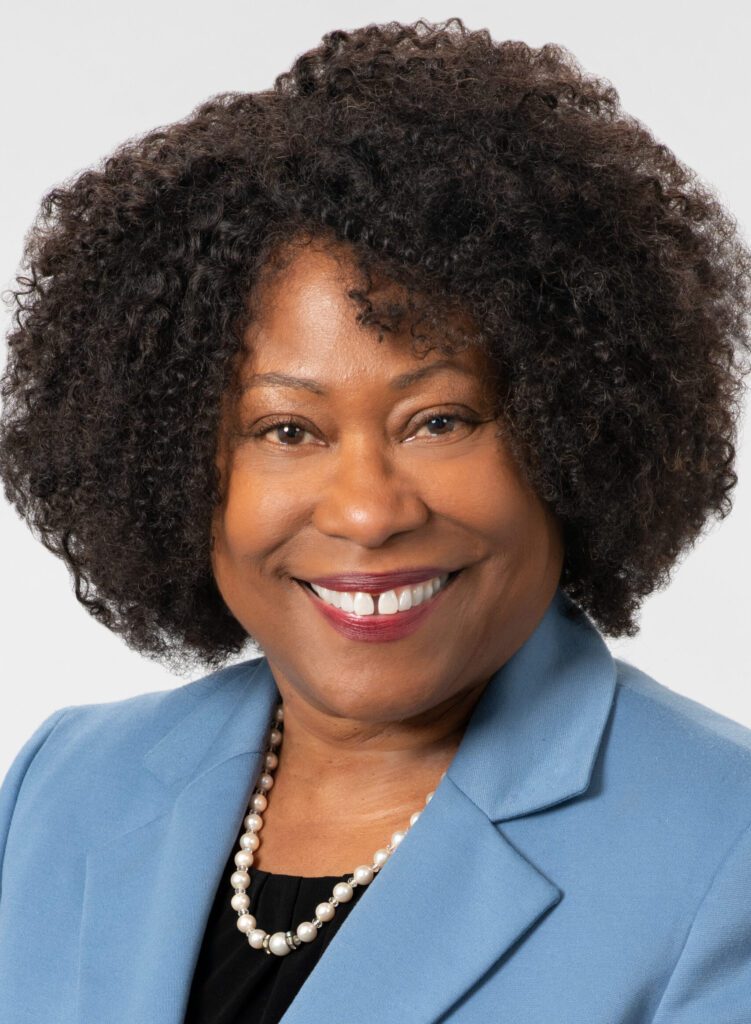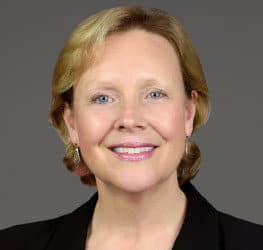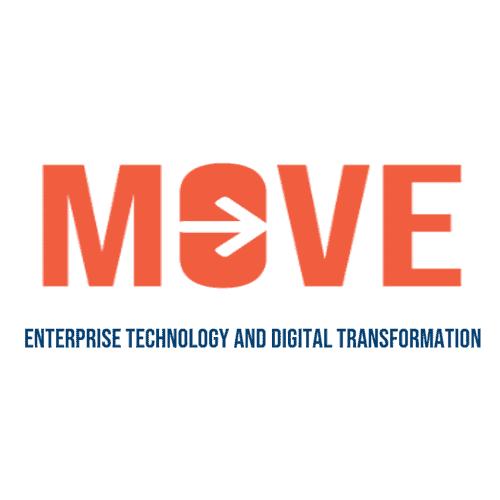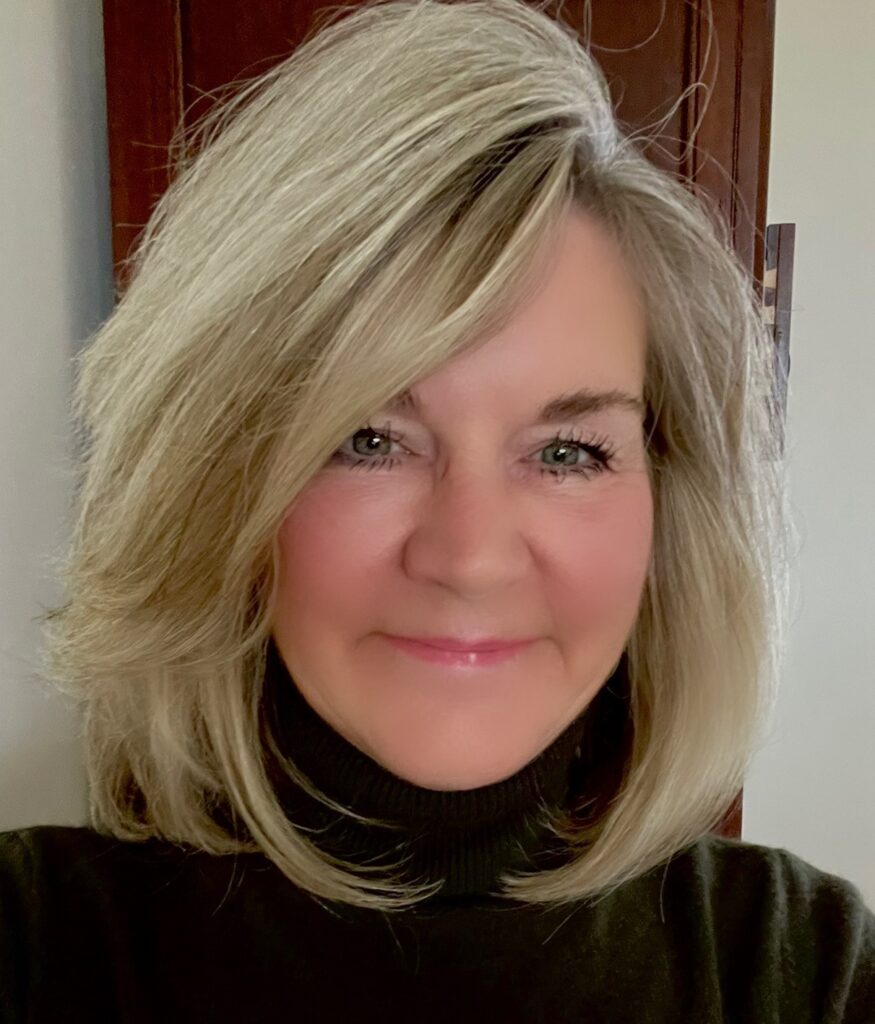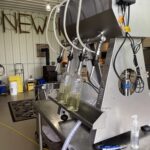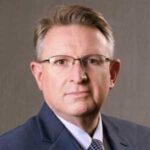Soon after Scott Arnold landed his first job working in aerospace, he realized he had a knack for managing technology and technologists.
This passion has led to a successful career, including IT leadership roles in telecommunications and healthcare. Scott joined the team at Tampa General Hospital in 2010. He currently serves as their Executive Vice President and Chief Digital and Innovation Officer.
Tampa General Hospital is a private, not-for-profit hospital with 8,000+ employees and one of the most comprehensive medical facilities in Florida serving a dozen counties with a population in excess of six million.
Key Takeaways
- Build a strong partnership with your CEO by being direct, honest, and authentic. Focus on building trust, solving problems, and removing obstacles to drive the organization forward.
- Make talent retention a leadership priority by setting target attrition rates, investing in leadership training, and fostering open communication. Regularly share information with your team to keep them engaged and encourage their input.
- Stay ahead of emerging technologies like generative AI by understanding their potential applications and establishing appropriate governance. Focus on leveraging these tools to assist and empower team members, rather than replacing them.
Q&A with Scott
Judy Kirby: Scott, when did you realize that a technology leadership position was of interest to you, and why?
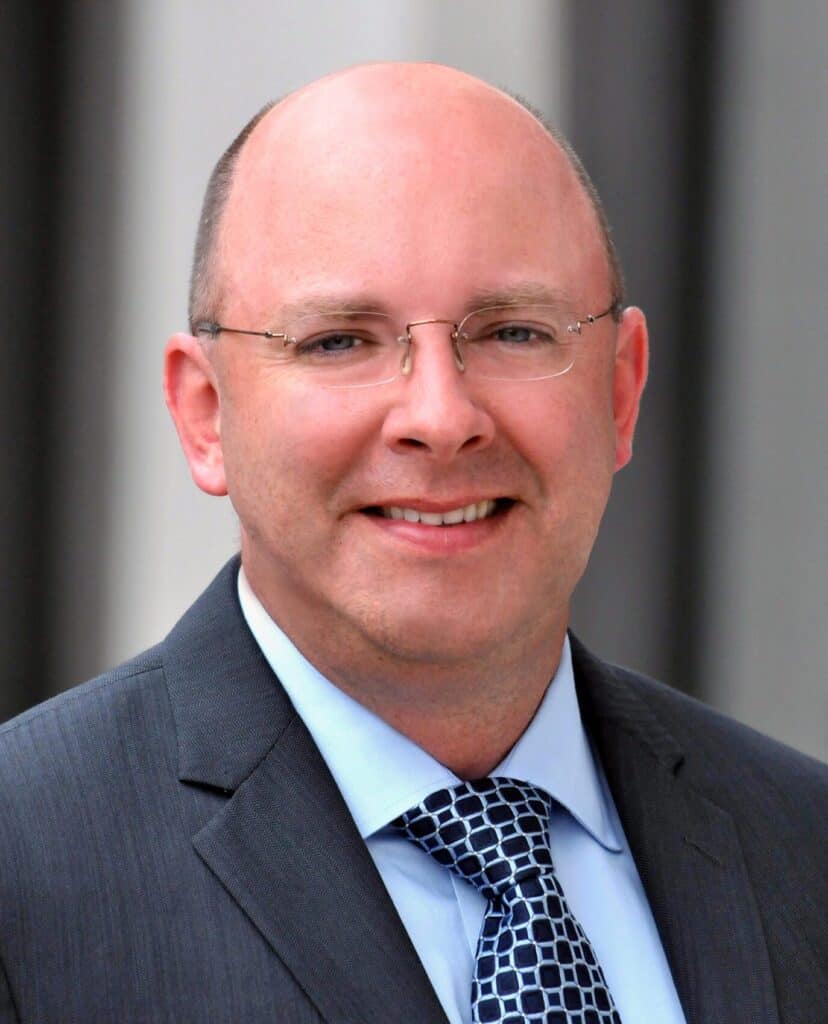
Scott Arnold: I think it was organic, or accidental, or both. I went to college because I wanted to fly airplanes, build airplanes, or work on the technology that makes them fly, and I did that for the first part of my career. But what was also interesting to me was managing the technology and the technologists, and their brilliant personalities. I just fell in love with it, first in aerospace, and again while working at a telecommunications software company. Being able to translate between clinical and business and technical is a special skill that is hard for many people, but I guess it came easy to me. That’s how I ended up on the technology leadership path.
JK: What were some lessons learned in aerospace that you brought with you into healthcare?
SA: Aerospace, aviation, and healthcare are actually very close cousins, because they have human factors involved. People can die if you don’t do your job right. I didn’t realize the parallels around safety until I got into healthcare.
Years ago I had conversation with someone from Mercy in St. Louis who wanted me to take a leadership role in their technology division. I told him that I didn’t know anything about healthcare, but he said, “We need people from aviation and aerospace, to bring some knowledge with safety and human factors. Frankly, aviation has a better safety record than healthcare does, so we’d love to have that perspective.”
I said OK and took the job because I’m always willing to learn, and he was right. I was fascinated with healthcare from the start and I’ve been in love with it ever since. Even though I love flying and aviation, healthcare technology is the most favorite thing I’ve ever done professionally and what I have spent most of my career doing.
JK: From where I sit as a recruiter, new CEOs are perhaps the biggest reason for CIO turnover. But you have survived and thrived under a new CEO. What has made the CEO transition so successful for you?
SA: First, we get along great. The CEO, John Couris, and I see the world through the same lens. We’re different people, and we do see things differently sometimes, but our styles and the way that we approach things are somewhat similar. He’s a far better communicator, and he really gets people, so I am learning a lot from him. I think he’s the fourth CEO that has been here since I joined Tampa General 13 years ago, and I’ve learned something from each and every one of them. I think John would tell you he is learning from me too, so when you have great chemistry and authenticity, it just works!
JK: You’re skewing the bell curve on CIO tenure after a change of CEO. What advice would you have for other CIOs for getting on the same page as their CEO?
SA: My advice is to be direct, honest, and authentic. Be someone the CEO can trust. You may not have all the answers because that’s impossible in the healthcare technology. The surface is just way too large. But even if you don’t know the precise answer, you have to instill confidence with the leader that you have put together a team that will know or can get you the right answer.
Do not be an obstacle. That’s a simple formula that has worked for me. Help your CEO solve problems and help them remove obstacles.
JK: Your CEO seems to be very invested in technology.
SA: That is a blessing. Some people might say it’s a blessing and a curse. Sometimes John is hard to keep up with, but I like it that way. He has incredible vision, understands people and inspires team members like no other leader I have seen. He also understands the power of technology and technology’s role in getting the best out of people. That makes my job easier.
JK: How do you partner with the CEO to drive results and ROI from technology investments?
SA: John is skilled in terms of growing the company, and investing in things that either have a benefit that’s accretive, creates an ROI, or is just the right thing to do for the community. We’ve created this mutual trust where we’ll weigh these things together, and then we’ll try something. 90% of the time we’ll successfully move the dial on quality or cost.
JK: Can you talk about your dual role of innovation and CIO, and your involvement in the company’s investment arm?
SA: Innovation means many things. Innovation and research go hand in hand, and we are doing a better job of connecting research, innovation and venture together. That’s new for me. I’m not an expert but I’ve hired some people in our group who manage the venture side and are cultivating innovation in our organization.
I do lean on our team that runs the venture side to know that business, how an opportunity pipeline runs, how to put together the right deals, how to recognize good founders, and what to look for in investable startups. The one thing that has taken the most focus is adjusting our strategy with innovation and investing, not looking for bright, shiny things. What are the problems that we actually need solved, and what are the white spaces that aren’t already covered by enterprise systems that we own, because we want to get the most out of those investments. Then, if there’s anything out there that we haven’t done really well, those startups or emerging tech companies can potentially be a fit for us.
I think I’ve hired well on the innovation side. On the IT side, most of the leaders in my group have tenure over 10 years, so we’ve cultivated an awesome leadership team that loves this community. And we’ve done that while dealing with explosive growth. We’ve grown our health system from $1.3 billion to almost $3.5 billion in the last 5 years. I know I’ve hired well, and I am blessed to be surrounded by some really smart, engaged people.
JK: How did you get involved in the venture capital arm, TGH Innoventures?
SA: Prior to having a venture fund in pursuit of innovation, it sometimes felt like I was gambling with our operating money, which is not how you want to do things. If you make the wrong gamble, that money is gone. It was CEO John Couris’ idea to create a TGH venture fund. We started by setting aside $15 million, which is not a lot for venture, but it was a lot of money to us. But if you’re going to be in the innovation business, you’ve got to put your money where your mouth is and go out on the edge.
In the beginning, John wanted to stay very involved. He took the lead on it and we worked together to get the right person installed to run TGH InnoVentures.. After about a year and a half, he said, “You know what? This really should be yours, Scott, because there’s so much overlap.” Even our venture leaders felt it was a better fit and we can move faster together.. I’m honored that it was bestowed upon me, and we’ve been making a go of it. It helps with great leaders in place.
JK: What are some keys to success leading a venture fund?
SA: It’s understanding what you don’t know, and hiring people that do know that space. Understanding intellectual property, warrant deals, and identifying investible candidates and founders, and then understanding what we should be solving for and what technologies will fit well in our ecosystem. Between the innovation / venture leader and I, we’ve got that covered pretty well, so I feel really good about that.
JK: Is there any company you’ve invested in that you can point to and say, “Here are the positive results for Tampa General?”
SA: One thing that I’ve had to learn is that these investments have a long tail. We’re still fairly new so it is a little too early for me to answer that question. We have not invested in any sort of unicorn, but we’ve invested in some things that have done really well and solved a lot of problems for us. DexCare, HealthSnap, and ModifyHealth are some real neat ones that are really just getting some legs now. It’ll be a lot of fun to watch them and be a part of their success.
JK: Recruiting and retaining top talent has long been a challenge in IT, even before the pandemic. What is one of your most effective recruiting or retention strategies?
SA: We make retention a priority for our leaders. We agree together on a target annual attrition rate. It is the responsibility of every leader to achieve low attrition. But it starts at the top. The senior-most leaders have to make sure they have the right people in place who are able to make jobs a bit more joyful than just work. We invest a lot in our leaders, in their training, we set these goals together, and we are always looking for ways to knock down obstacles for one another.
Also, people can come talk to me anytime. Any one of the 400-plus people in our division can get online with me at 7:15 every morning, and if there’s some issue, they can just ask me directly. I make myself available.
I just got some numbers the other day. Last quarter, we had a 1% attrition rate, which I’ve never had in my entire career. Now, that is just one quarter, but annually our attrition rate has been in the single digits. When I started 13 years ago, it was like 25% or 30%! But let’s not fool ourselves. Having great leaders supports retention and Tampa, Florida is a great place to be, and that really helps!
JK: How do you see the CIO role evolving over the next three to five years, and what might some new responsibilities and job qualifications be?
SA: I think this inflection point we are at with generative AI is going to create new CIO responsibilities, new governance, and new skill sets needed for interrogating data sources. The CIO or chief digital officer role, whatever you want to call yourself, isn’t going away anytime soon. Really smart organizations are going to get as far ahead on emerging technology as they can, to understand what things like generative AI can do to lift administrative work off of nurses, off of revenue cycleteam member, off of any team member that has an administrative burden.
That’s the space for generative AI. The work ahead for CIOs is making sure we don’t misapply it, that we don’t create some sort of cybersecurity or safety issue. It needs to be governed well. Nobody has this figured out yet but it will be our job to figure out what we can do with this assistive technology, not to replace people, but to make them more efficient and effective. Because frankly, most of the people that we support would rather be doing higher order things. There aren’t enough resources available, so we should do everything we can do to put machines to work.
JK: I hear a lot of concern about the lack of up-and-coming IT leaders ready to fill healthcare CIO positions. What are your thoughts around this void, and what are you doing about it?
SA: I feel very strongly about the depth of our bench, the “heirs and spares.” If I won the lottery tomorrow, there would be up to five replacement candidates already in-house that are tuned in to both the culture that we’ve built together, and that have the depth and the training.
JK: Looking back at your own journey, Scott, what career advice do you have for rising technology professionals interested in becoming a CIO one day?
SA: My advice is to learn about people, how to get the best out of them, and how to hire and retain talent. If you want to be in an elevated role in IT, your success depends on it.
JK: How have you created the culture you have, a culture that keeps people?
SA: I think that’d be a great question to ask some of the team members here, but here is what I think. As a leadership team, we keep each other informed and in the know. For example, when I come back from a CEO council, or a board meeting, I immediately share what was talked about with my senior team. In fact, sharing of information is a standing agenda item in our regular meetings, and they will then share it with their teams in their meetings.
So, we’re in this continuous loop of keeping the whole division in the know about what’s going on, or what we’re thinking. And what I’ve learned is that sometimes I’ll be wrong on something, and I’ll hear an even better idea from one of our team members. It’s a win-win cycle that way. If you’re going to have a successful team, you want to keep them in the know. It’s absolutely foundational.
JK: If you hadn’t become an IT leader, what other career do you think you were cut out for?
SA: I would be flying in the Air Force.
JK: Do you still fly at all?
SA: I do. I’ve been flying since I was 18. I can’t describe the feeling of the wheels coming off the ground and being at the controls of that flying machine. Aerospace and aviation have always been a passion of mine, but now it’s more of a hobby.
JK: What else do you love to do with your spare time?

SA: Travel. My wife and I travel all over the world, and we’re trying to do it while we’re still young and ambulatory. There are just parts of the world that you can only get to if you can climb, like in the Greek islands. We travel all over the planet when we can.
JK: How many countries have you been to?
SA: I’ve lost track. Most of Europe. I worked in Australia for three years, so Australasia got covered. The Middle East, Israel, the United Arab Emirates, the Maldives. There are still a lot of places I have not been to, like India, so that should be on my list soon.
JK: What’s been your favorite place so far?
SA: Bora Bora, hands down.
